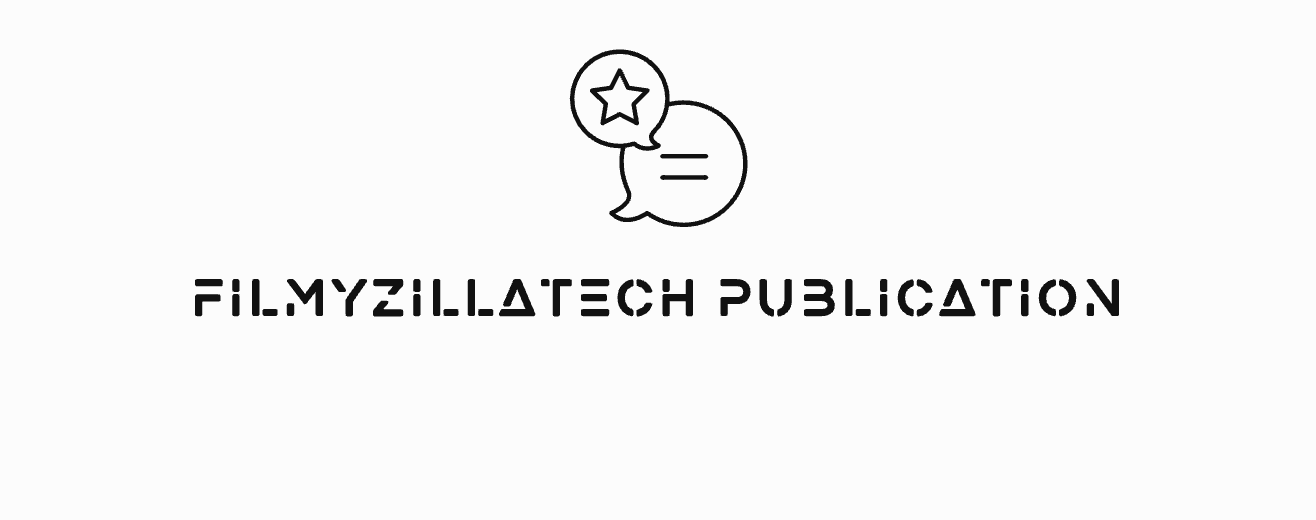Students find themselves buried under stacks of worksheets and repetitive tasks, only to discover that this volume-driven method doesn’t translate to productive learning. The frustration mounts as learners realize that mere repetition doesn’t lead to mastery—it just creates the illusion of progress while real gaps remain hidden.
Enter precision practice, a strategic alternative that’s reshaping skill-building. This method is anchored in a three-pillar framework: skill-gap diagnosis, sequenced challenges, and instant feedback. Digital platforms have embraced these pillars, offering targeted solutions that promise faster mastery and deeper retention. But this targeted strategy requires abandoning the comfortable familiarity of mass drilling for something far more deliberate.
Why Random Drilling Fails
Random drilling, characterized by undifferentiated piles of exercises, treats all learners and their errors as if they were the same. This one-size-fits-all strategy often leads to plateaued progress, as it fails to address individual learning needs. It’s like prescribing the same medicine for every patient—efficient for the doctor, useless for recovery.
Without a targeted focus, mass practice can leave learners rehearsing mistakes or feeling disengaged due to redundant tasks. The absence of direction means that specific misconceptions remain uncorrected, hindering true progress.
But random drilling never delivers that clarity—productive learning requires clarity on what to practice, how to escalate difficulty, and when to move on. This clarity begins with a data-driven diagnosis of which subskills need attention.
Data-Driven Skill Diagnosis
Skill-gap diagnosis involves breaking down learning domains into narrow components, ensuring that practice targets actual weaknesses. This precise identification of gaps is essential for productive learning.
That calls for digital platforms that organize practice items by specific learning objectives and track performance at the subskill level. Revision Village, an online revision platform, provides an example of this technique with its syllabus-aligned question bank for IB Diploma (SL & HL) and IGCSE students across Mathematics, Sciences, Individuals & Societies, English revision resources, and Language B subjects. Students can filter questions by topic and difficulty. Each question comes with a written mark scheme and step-by-step video solution to help students understand the reasoning behind correct answers and identify the source of their errors. After all, knowing you’re wrong is only half the battle—understanding why you’re wrong is what actually fixes the problem. This setup allows students to work on areas such as literary analysis or grammar.
The platform’s performance analytics dashboard tracks success rates on each topic, highlighting areas that require more attention. By integrating filterable question banks and analytics, Revision Village shows how precision practice can be applied broadly to replace random sets with drills tailored to individual gaps.
With gaps pinpointed, the next pillar is sequencing challenges so learners build from simple to complex tasks.
Sequenced Challenges
Graduated challenge involves matching task difficulty to the learner’s current competence level, keeping them in the optimal zone of proximal development (that sweet spot where new skills click).
This requires systems that enable controlled challenge sequencing through customizable content pathways. Smart Sparrow, an educational technology company launched in 2011, provides an example of this framework with its course authoring tools that allow instructors to control content order and feedback logic, rather than relying on preset algorithms. The company’s acquisition by Pearson validates market demand for this customizable technique to adaptive learning. But why does customization matter so much when algorithms seem simpler? Because every learner’s path to mastery looks different, and preset sequences can’t account for individual learning patterns.
Sequencing controls in Smart Sparrow’s system require learners to master foundational items before advancing to more complex tasks. This prevents frustration from overly difficult tasks and boredom from tasks that are too easy. Smart Sparrow’s customizable sequencing framework reveals how precision practice transforms learning from random exposure to carefully orchestrated skill development, addressing the core challenge of matching practice difficulty to learner readiness.
Once learners follow a tailored sequence, instant feedback becomes the final piece to keep them progressing.
Instant Feedback and Gamified Reinforcement
Immediate feedback is essential for preventing errors from becoming entrenched in a learner’s understanding. Delays in corrective feedback can hinder the learning process.
To pull that off, platforms need systems that provide instant feedback through interactive and engaging formats. Duolingo, the world’s most-downloaded education app, offers an example of this technique with its bite-sized language lessons that provide gamified elements including leaderboards and rewards that guide learners back to skills they need to improve. This gamified strategy keeps learners engaged and motivated.
As Duolingo expands into Math and Music, it shows how instant-feedback loops scale across different domains—and that learners stick with platforms that respond immediately, abandoning those that don’t.
Those engagement habits show up again in broader adoption trends for precision practice.
The Market Votes for Precision
The widespread adoption of precision practice platforms signals trust in their methodologies. Users recognize their impact in addressing genuine learning challenges.
Educational technology solutions that focus on targeted skill development have gained traction among learners seeking efficient study methods. This demand reflects the limitations of traditional mass-practice methods. Learners vote with their time—they’ll abandon platforms that waste it and embrace those that don’t.
Observable trends in user engagement and solution adoption indicate a growing preference for precision practice methodologies over conventional methods. These patterns highlight the shift towards more tailored educational experiences that prioritize individual learner needs.
But embracing precision practice also brings tangible resource costs.
The Real Cost of Getting It Right
Precision practice delivers results—but demands serious investment in content creation and tooling. Mastering each pillar—diagnosis, sequencing, and feedback—requires specialized resources. Building these systems is like constructing a Swiss watch when most people are used to hourglasses.
Creating comprehensive question banks with detailed solutions and video explanations requires ongoing content-creation efforts to maintain quality resources across multiple subject areas.
Developing adaptive sequencing tools requires educators to learn specialized authoring interfaces and design custom feedback pathways, showing the time investment needed for successful implementation.
Expanding precision practice methodologies into new subject domains involves designing curricula and engagement mechanics tailored to each field. These examples highlight the trade-off between initial design costs and downstream gains in targeted mastery.
Given these trade-offs, we need a clear rollout strategy.
Strategic Recommendations for Adoption
A phased, data-informed implementation ensures precision practice takes root without overwhelming stakeholders. Auditing current practice sets to tag or filter by subskill is a recommended first step.
Piloting authoring tools or adaptive platforms with a small cohort of educators helps train them on sequencing logic before scaling up the initiative.
Launching simple gamification elements like badges or progress bars can boost engagement metrics. Monitoring these metrics allows for iteration to maintain motivation among learners. Of course, the irony here is that we’re gamifying the process of making learning more serious—but if it works, it works.
These tactical steps ultimately serve a broader transformation, moving educational practice from scattered effort toward systematic precision that reshapes how we think about skill development entirely.
From Volume to Precision
Precision practice represents an evolutionary step beyond mindless repetition. By diagnosing gaps, sequencing tasks, and delivering instant feedback, it creates efficient pathways to lasting mastery. Instead of drowning students in those endless stacks of worksheets, we’re giving them exactly what they need, when they need it.
The shift from volume to precision isn’t just about better learning outcomes—it’s about respecting learners’ time and intelligence. When practice becomes purposeful rather than mindless, engagement follows naturally.
Ask yourself: do your methods help learners improve or just keep them busy?





